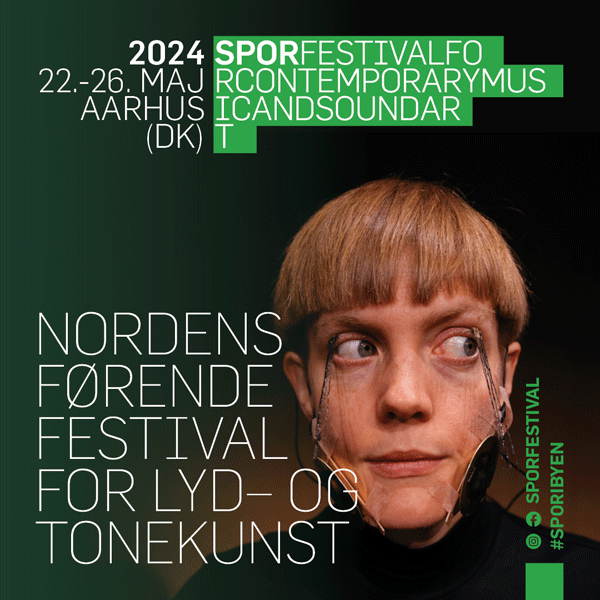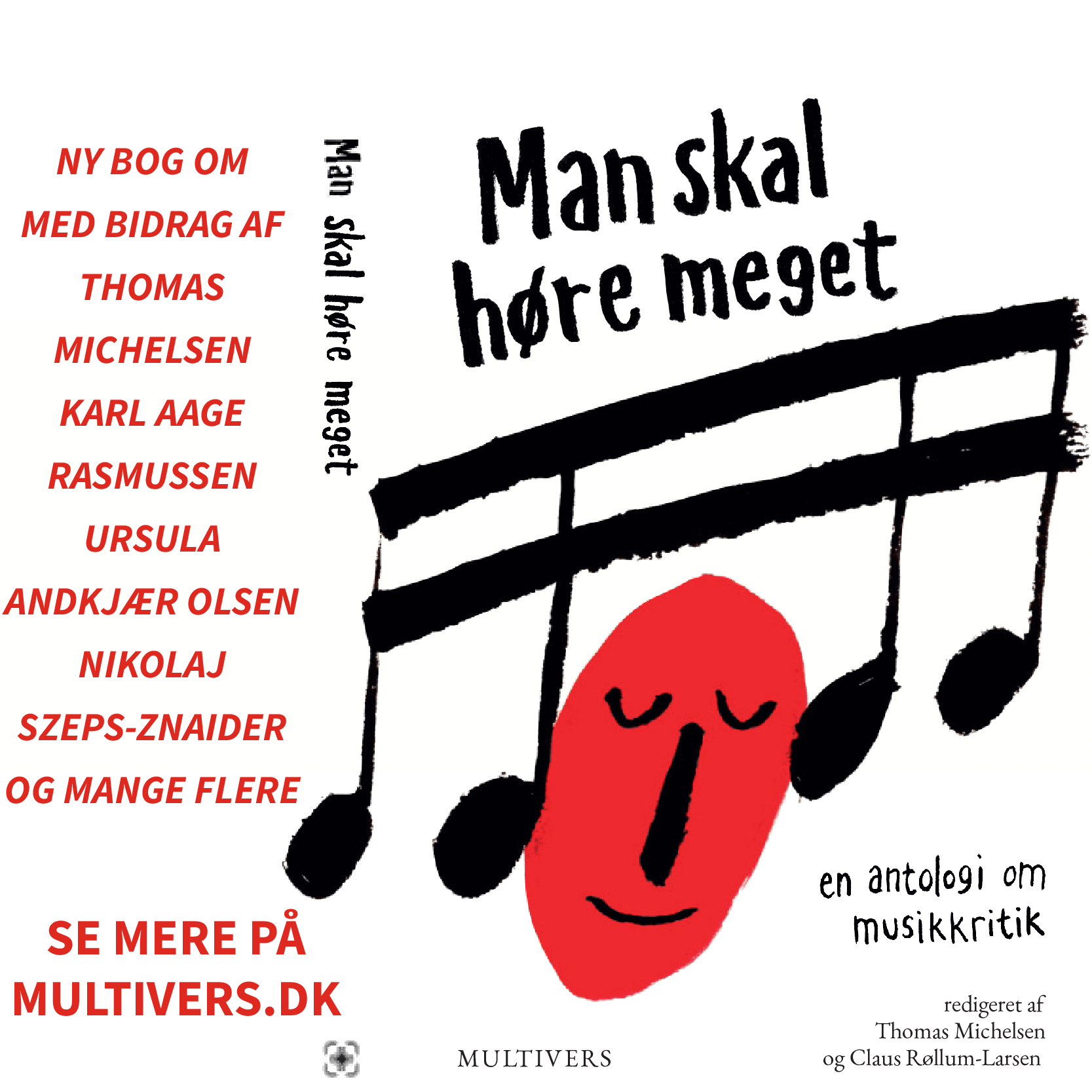The Danish Music Review
The Danish Music Review
The new Carillon in the Church of the Holy Spirit
(25-28)
Godtfred Skjerne, director of the collection of musical instruments of Copenhagen, writes about the new carillon of 41 bells which has been installed in the tower of the Church of the Holy Spirit and inaugurated last autumn. This carillon has been made in Denmark - at the bell-foundry at Brønderslev in Jutland - at a total cost of Dan.Cr. 135.000. The bell-chime is handled from a cabin in the tower where the keyboard is placed, a mechanism connecting it to the entire bellwork, the three large bells under the cabin as well as to the other 38 bells hanging in the lantern. The three old bells which are the original bells of the church are tuned in c sharp, e, f sharp but are noted as e, e flat, f out of regard to the other repertory of the carillon-player. However, the other bells are tuned in an unbroken chromatical order til g' (sounding as g sharp'). Furthermore a motor is coupled to the keyboard electrically chiming the quarter-hours and the hymn-melodies that are played every three hours from nine o'clock in the morning.
Professor Piet van den Broek, the wellknown Dutch carillon-specialist, has taken great interest in the fate of this new carillon, and played the bells at the inauguration. Edwin Nielsen, the organist of the church, is now besides acting as a carillon-player. - Furthermore the author writes about other earlier and actual Danish carillons as well as of the dimensions of similar bell-works in other countries.
Music and Propaganda
(29-31)
Torsten Boheman, M.A. in this article writes about the great importance of making propaganda for music especially in a small country like Denmark. He draws attention to the fact that in our days the radio is almost the only institution that is able to make efficient use of this propaganda, and that the Danish radio does not sufficiently utilize these possibilities. When many years ago the Danish radio started the so-called "Thursday concerts" music-lovers throughout Europe with great interest listened in on account of the exclusive programmes of these concerts with the most famous conductors and soloists from all over the world. Furthermore the fact that these broadcasts were announced in several European languages contributed to encreasing their popularity. Unfortunately this practice has been discontinued, but the author recommends that it should be taken up, and at the same time he emphazises that the radio should endeavour to choose for its programmes works on the most exclusive musical level. - Finally the author underlines the importance of leaving Danish musical life in general more space in the radio; f. inst. the concerts of the Royal Orchestra should be broadcast because of their really high musical quality.
Miscellaneous
(31-35)
// In the article on page 31-35 Frede Schandorf Petersen reviews the great history of music "Music through the Times" written by the Swedish authors Julius Rabe and Gunnar Jeanson, and translated into Danish by H. Rolff, the chief librarian. Already the Swedish edition enjoyed such popularity in Danish musical circles that a translation of the book was deeined necessary. The author of this article critizises the fact that the work has been reduced so that in the. Danish edition the history of music does not start until the seventeenth century with Bach and Hiindel. Furthermore he critizises the dilettantic work performed by Knud Atlung who has supplied the book with several hundreds of note figures.
// Herbert Rosenberg, Ph. D., has published a small pedagogical book: "Find the Melody". This book applies to all music-lovers who - even without knowing the notes - are acquainted with the elementary structural problems of music through four works recorded and issued in connection with the book. --
// On page 35 Leif Thybo, the composer, reviews Rosenberg's book and emphazises its importance to Music High Schools, study circles, and private music pedagogues.
// On page 36 N. B. Moller Nielsen writes about Danish broadcasting in January and especially underlines the first- performances of Danish compositions at the '7hursday Concerts": Vagn Holmboe's sixth symphony which was finished about six weeks before the radio performance (Vagn Holmboe is already known Linst. for his fifth symphony which was played at the I.S.C.M. festival in Copenhagen 1947) and Jorgen Bentzon's second symphony. The author concludes his article by stating that the radio which day after day sends its message about Danish music culture through the ether ought to endeavour to create programmes of af considerably higher quality than is the case at present.
Danish Music-Index
(38)
Since 1931 the "Danish Music-Dealers' Association" has every three years issued an index of the musical works published in Denmark. The fifth number has recently appeared, containing a survey of works issued in the years 1943-44-45. This handbook may be had from all large Danish music-publishers.

